GPCR/G protein

All GPCRs share a common seven trans-membrane structure. GPCRs are associated with heterotrimeric G-proteins which are GTP-binding proteins made of alpha, beta, and gamma subunits. When a ligand binds to GPCR, it activates the attached G-protein, the GDP is replaced with GTP. The activated G-protein then dissociates into an alpha and a beta-gamma complex which activates downstream signaling pathways. These intracellular signaling pathways include cAMP/PKA, calcium/NFAT, phospholipase C, protein tyrosine kinases, MAP kinases, PI-3-kinase, nitric oxide/cGMP, Rho, and JAK/STAT.
GPCRs are one of the most important therapeutic targets for various diseases, over 30% of all modern medicinal drugs target this family. Aberrant GPCR functions are involved in pathological conditions such as neurological, immunological and hormonal disorders. A large number of GPCRs have been identified, but whose ligands are not known, are classified as orphan receptors.
-
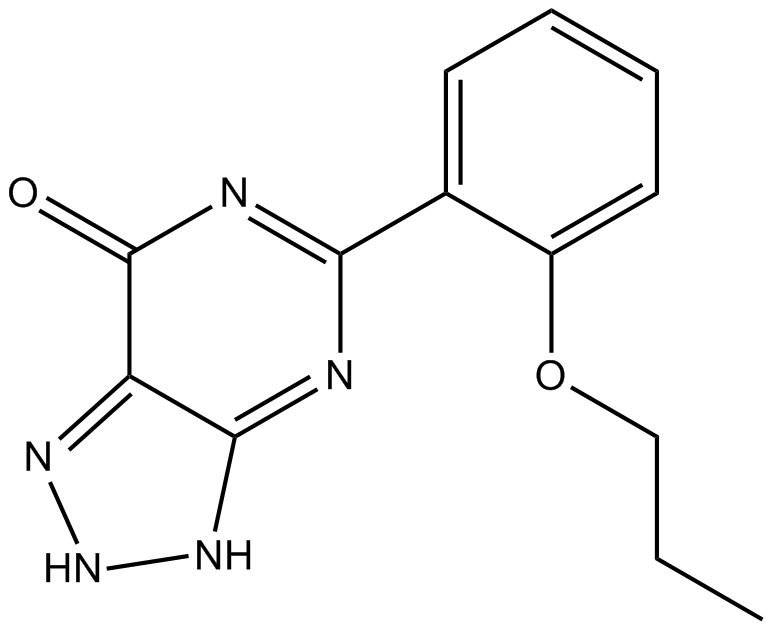 B6516 ZaprinastSummary: phosphodiesterase inhibitor and GPR35 agonist
B6516 ZaprinastSummary: phosphodiesterase inhibitor and GPR35 agonist -
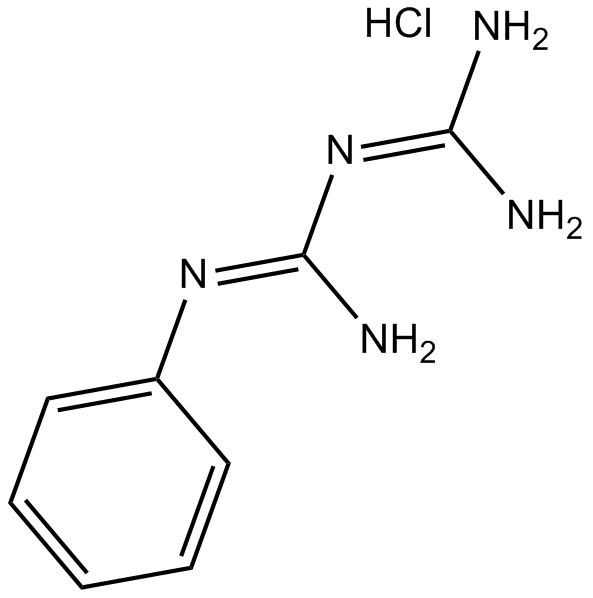 B6528 1-Phenylbiguanide hydrochlorideSummary: 5-HT3 receptor agonist
B6528 1-Phenylbiguanide hydrochlorideSummary: 5-HT3 receptor agonist -
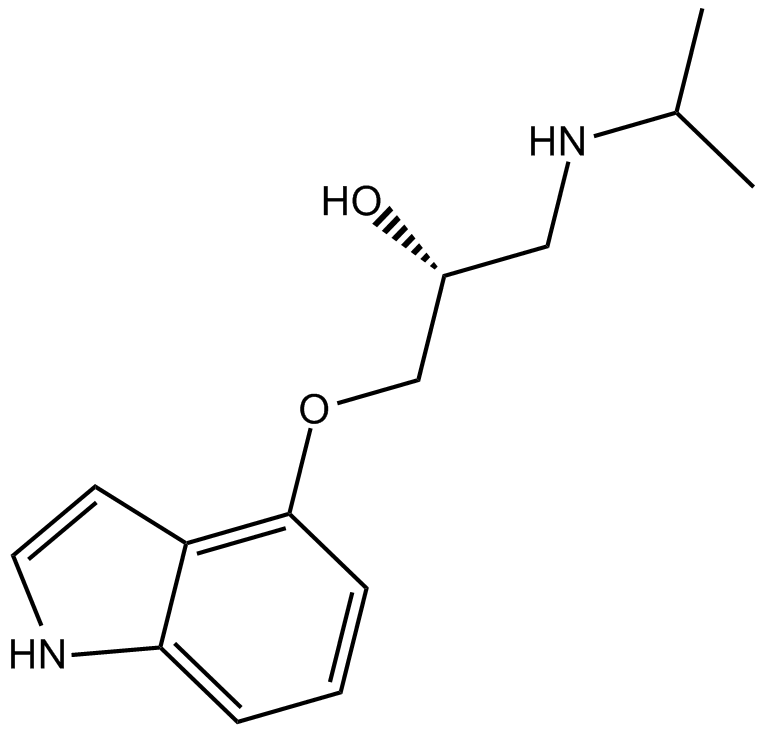 B6539 PindololSummary: β-adrenoceptor antagonist with partial agonist activity
B6539 PindololSummary: β-adrenoceptor antagonist with partial agonist activity -
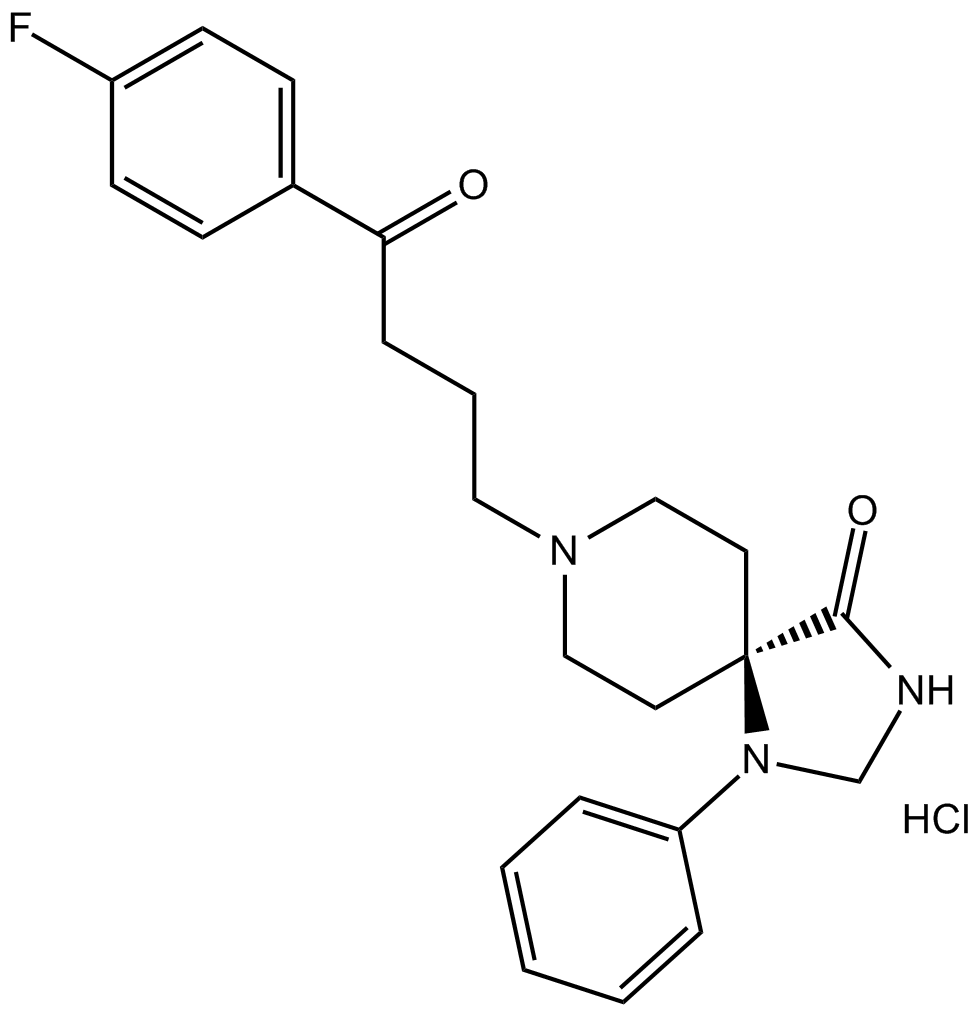 B6540 Spiperone hydrochlorideSummary: 5-HT2A serotonin and selective D2-like dopamine receptor antagonist
B6540 Spiperone hydrochlorideSummary: 5-HT2A serotonin and selective D2-like dopamine receptor antagonist -
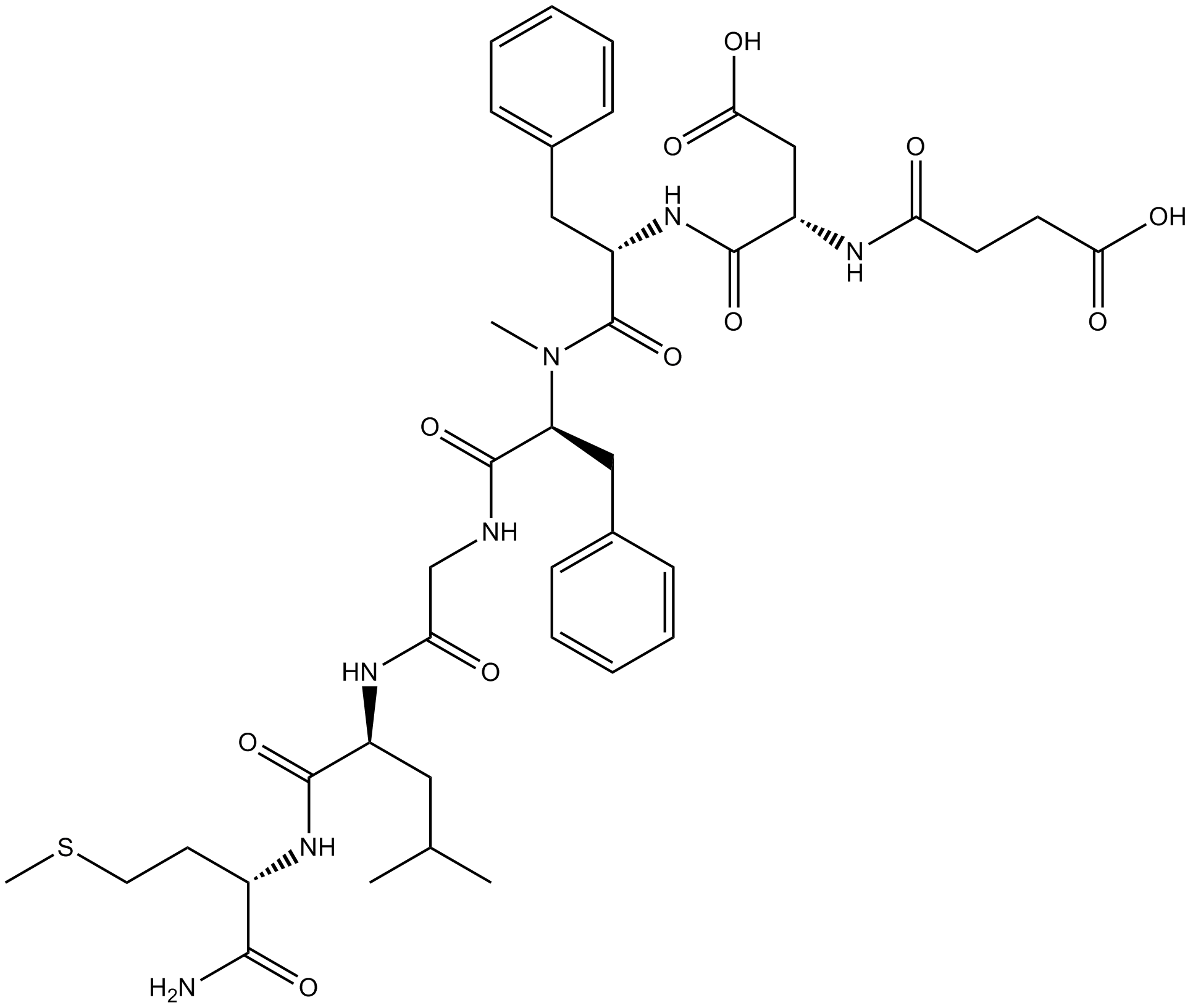 B6580 SenktideSummary: NK3 tachykinin receptor agonist
B6580 SenktideSummary: NK3 tachykinin receptor agonist -
 B6608 (R)-(-)-Niguldipine hydrochlorideSummary: L-type Ca2+ channel blocker and α1A-adrenoceptor antagonist
B6608 (R)-(-)-Niguldipine hydrochlorideSummary: L-type Ca2+ channel blocker and α1A-adrenoceptor antagonist -
 B6624 Galanin (1-30) (human)Summary: Endogenous peptide with multiple endocrine, metabolic and behavioral effects
B6624 Galanin (1-30) (human)Summary: Endogenous peptide with multiple endocrine, metabolic and behavioral effects -
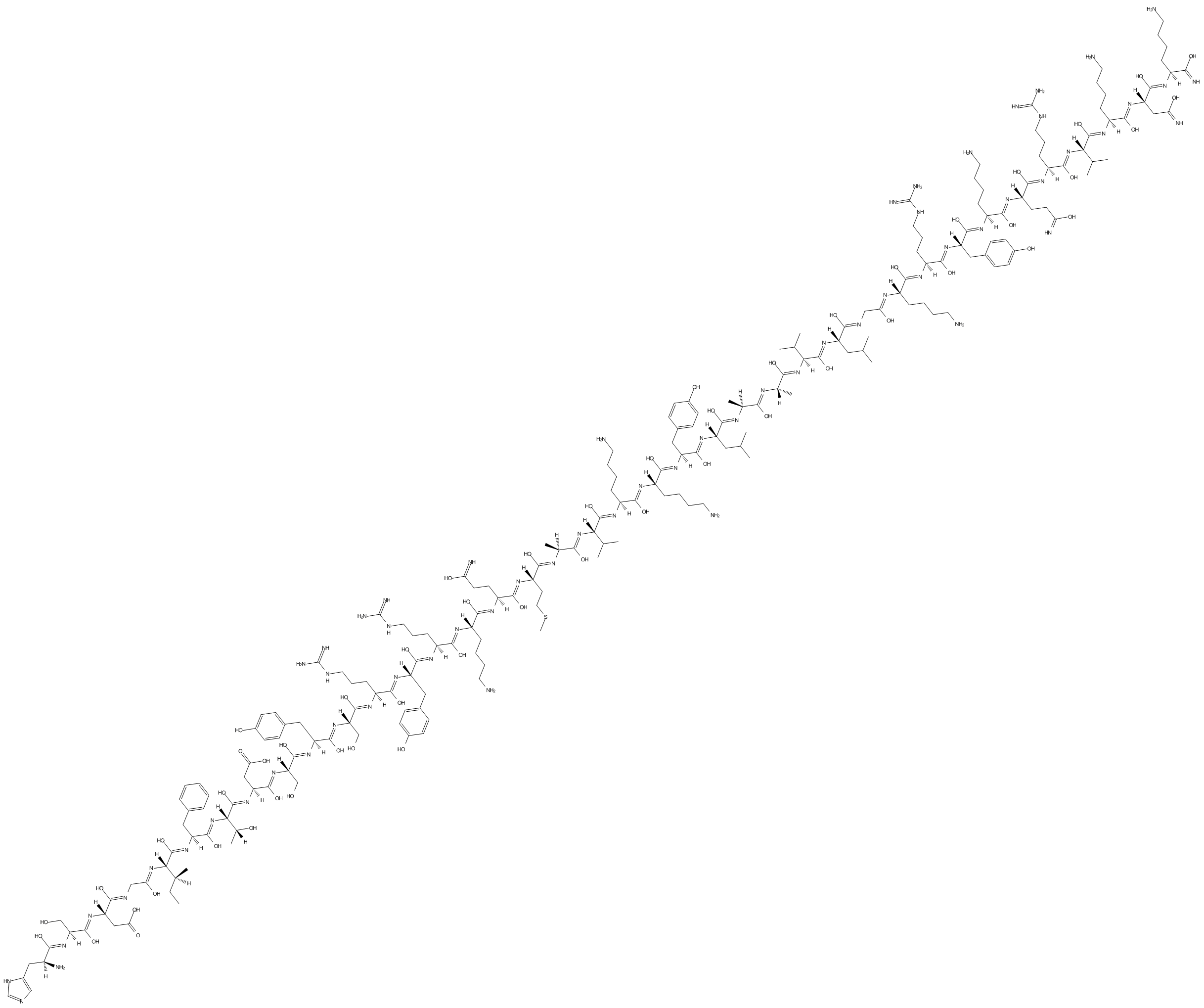 B6625 PACAP 1-38Summary: Endogenous neuropeptide
B6625 PACAP 1-38Summary: Endogenous neuropeptide -
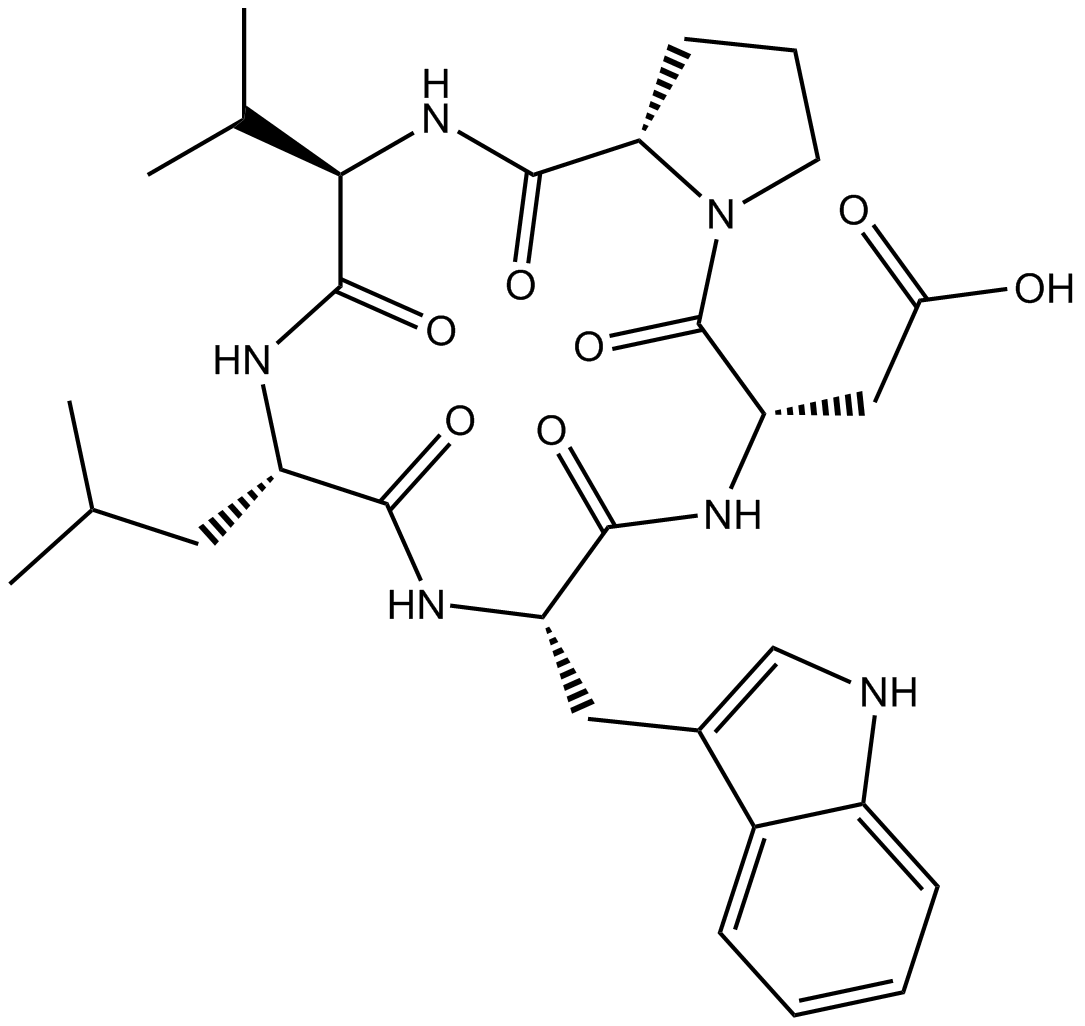 B6626 BQ-123Summary: Selective ETA receptor antagonist
B6626 BQ-123Summary: Selective ETA receptor antagonist -
 B6678 Abn-CBDSummary: GPR55 cannabinoid receptor agonist
B6678 Abn-CBDSummary: GPR55 cannabinoid receptor agonist

